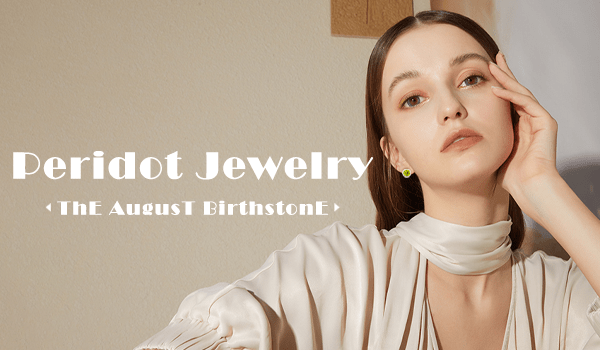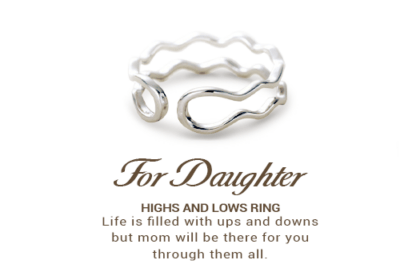Gems are polished or cut expensive or semiprecious stones. Gemstones are beautiful, colorful, or clear. Beauty and uniqueness make gemstones popular in jewelry.
Gemstones are a rare and fascinating natural phenomenon. Precious stone jewelry has always been appreciated for its beauty and elegance. YFN’s sterling silver peridot earrings and silver birthstone necklace sparkle with diamonds, emeralds, and rubies.
Different Gemstones Have Meaning?
Throughout history, gemstones have had diverse powers, meanings, and attractiveness. These correlations come from Egyptian, Greek, Roman, Asian, and Biblical mythology.
Rose quartz is a famous love symbol.
Citrine is a lucky gemstone.
Most magical gemstones heal or protect the wearer. Amber beads improve memory loss and headaches. Aquamarines may benefit the nervous system, liver, stomach, teeth, eyes, and ear canals.
Gemstone Background
Gemstones formed in the Earth’s crust millions to billions of years ago. (Except pearls and organic gemstones)
Carbon, gas, and other techniques of mineral dating have helped scientists date gemstones.
Geologists believe diamonds developed 3 billion years ago in Earth’s mantle. Despite being 150 million years old, sapphire is a new gemstone.
Zircon is the earliest gemstone. Zircon found in Western Australia’s Jack Hills is 4.4 billion years old. Cubic zirconia imitates zircon.
Origin of Peridot
Peridot is the oldest gemstone known to be extrasolar. Despite being mined on Earth, peridot crystals have been found on meteorite impact sites and in space samples. “Stardust peridot” is 4.6 billion-year-old solar system debris.
According to archaeological evidence and historical records, the following civilizations initially used gems:
Lapis lazuli was the first gemstone humanity mined. In Neolithic Hindu Kush.
Egyptians employed lapis lazuli and amethyst in 4000 BCE.
Chinese literature mentions jade circa 3600 BCE.
Around 300 BCE, Indians mined diamonds.
From 1600 BC to 500 AD, Greece and Rome used gems. Amulets included sapphires, garnets, and pearls.
History of the August Birthstone Peridot
Peridot, August birthstone. Peridot is found in Earth’s mantle lava and meteorites.
Peridot is a yellowish-green to greenish-yellow olivine gem. Historically, peridot was mistaken for topaz and emerald. From Topazios, where peridot was mined, comes the word “topaz.” The Shrine of the Three Holy Kings at Cologne Cathedral, Germany, is adorned with peridots, the August birthstone. Some historians believe Cleopatra’s emerald collection included peridot.
The Meaning and Symbolism of Peridot
The Arabic term for gem, Friday, is the origin of peridot. Ancient and medieval societies valued this August birthstone. Priests wore it as jewelry in the 2nd century BCE, and medieval Europe had it in chalices and churches. Ancient humans wore peridot to ward off evil spirits and “nightmares.”
Due to its calming green hue, the peridot is often referred to as the “evening emerald”. It symbolizes loyalty, honesty, power, and strength.
Just like other crystals and gemstones, peridot is believed to promote happiness, health, and prosperity. Wear one as many say that it can promote your mood, ease your mind, and relieves your anxiety!
YFN Initials Bead and Birthstone Nameplate Necklace in Sterling Silver is a work of art. YFN website has one for your wife or mother.
Peridot green studs and a personalized named birthstone necklace are a must-have.







